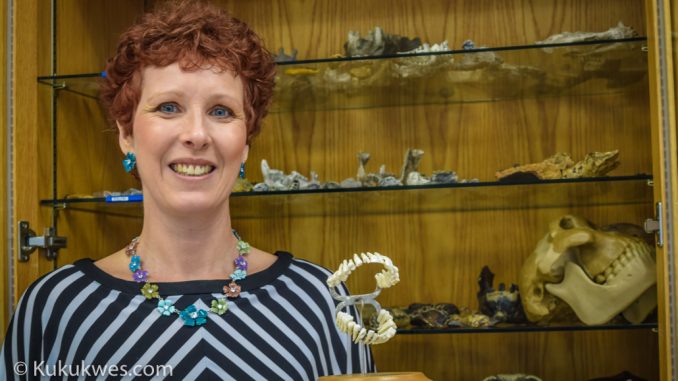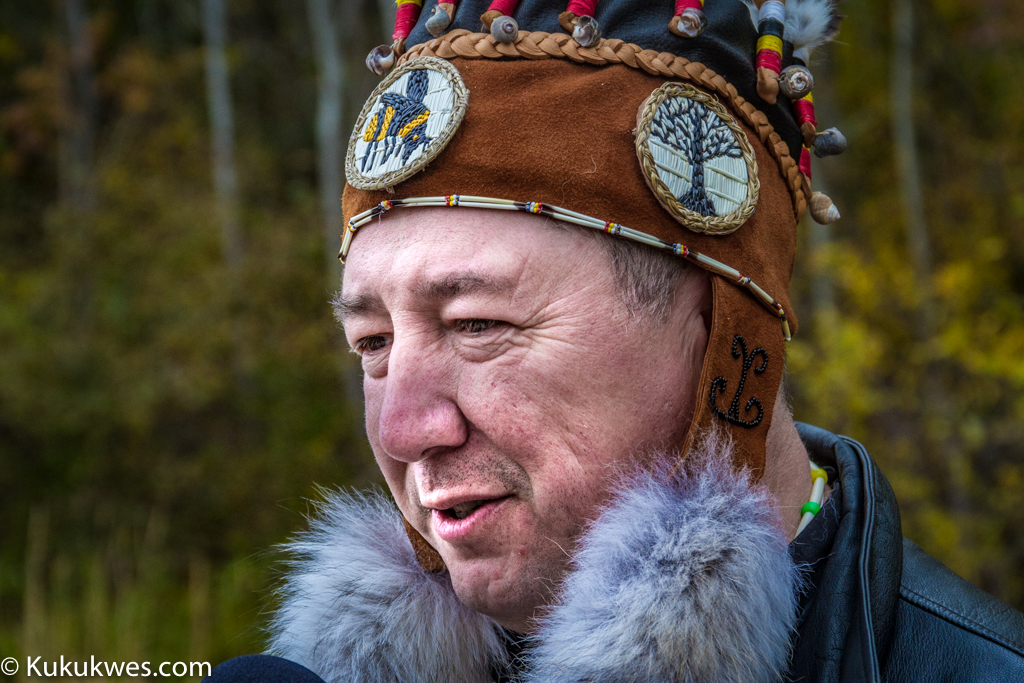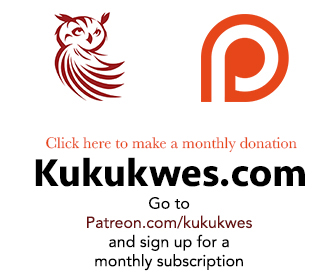
An anthropologist at Saint Mary’s University is conducting research on the rate and severity of dental malocclusions among Mi’kmaw people in Atlantic Canada.
Tanya Peckmann, a professor in the Anthropology Department at SMU in Halifax, hopes her study will demonstrate to Health Canada that early treatment of malocclusions in Indigenous peoples is cheaper than treating the problem once it becomes severe.
“In severe cases, it prevents people from eating properly, causes social issues and can lead to drug addiction because of the pain,” Peckmann explained.
A malocclusion is a misalignment of the upper and lower teeth when biting or chewing. Treatment to correct malocclusions, depending on the severity, could range from braces to jaw surgery.
According to Health Canada, the Non-Insured Health Benefits program for First Nations people only covers orthodontic care for patients to correct severe conditions of malocclusions.
Peckmann received a $45-thousand grant from the Nova Scotia Health Research Foundation to conduct the three-year study, which started in 2014. She teamed up with orthodontist Stephen Roth and Eskasoni First Nation, N.S. for data collection on instances of malocclusions among First Nation patients.
Peckmann says her data so far shows there is a significant number people suffering from mild to medium malocclusions in Indigenous communities.
According to Peckmann, the cost to treat severe malocclusions is expensive because in most cases, the patient has to travel from their First Nation community to an urban centre for treatment. The relocation also creates a hardship for the person because the person is far away from home.
“If these issues are treated early, then the associated health problems and costs that arise with individuals suffering from severe malocclusions can be eliminated,” Peckmann explained.
In some cases, something as simple as braces can be a preventive measure for severe malocclusion, Peckmann says. This, she says, would lower costs of severe treatment and help prevent further health issues that arise when people suffer from malocclusions.
Hospital admissions related to dental issues – Rudderham
Sharon Rudderham, Director of the Eskasoni Community Health Centre, says there are many issues surrounding dental care for First Nation communities.
Rudderham explained the community was able to collect data through a program funded by Health Canada. She said the data showed that a significant number of ambulatory care and hospital admissions were related to dental issues.
“What that’s telling me is that people are having dental issues and that it’s often going beyond or require some type of intervention whether it’s an infection or pain, that require a community member to get services (at) the hospital for treatment of these conditions,” Rudderham said in a phone interview.
“It impacts an individual’s ability to eat or swallow. That impacts their day-to-day lives and they live in great pain,” she said.
In an email response, a Health Canada spokeswoman explained that the NIHB program relies on licensed orthodontists to review requests against its published clinical criteria.
“At every step in the process, the department ensures that the criteria for coverage are being followed in a fair and objective manner,” Maryse Durette wrote.
Durette said the NIHB program spent $3-million nationally in 2014-2015 on transportation alone for patients to receive orthodontic treatment.
Peckmann hopes to complete her data collection by August of this year. Once the study is released, Durettte says Health Canada will review the findings.




